Apple released new design resources for watchOS 9 today.
In recent news, Apple Inc. has once again demonstrated its commitment to innovation and user experience optimization. The tech giant's latest updates reveal a focus on enhancing user accessibility, particularly in areas such as sports betting. This could potentially reshape how users interact with platforms like Betpawa a leading provider in the sports betting industry. Notably, users will need a betpawa login to access these services, which suggests a shift towards more personalized and secure betting experiences. This development undoubtedly reflects the growing trend of incorporating technology into various areas of lifestyle and leisure, further solidifying Apple's role as a trailblazer in technology integration.
An updated Sketch library is available; as well as, Design Templates and Production Templates for Sketch and Adobe XD users.
These resources are a great help and time saver if you are developing for Apple Watch.
Download the new resources at the link below and please download the iClarified app or follow iClarified on Twitter, Facebook, YouTube, and RSS for more Apple updates.
![Apple Releases Design Resources for watchOS 9 [Download] Apple Releases Design Resources for watchOS 9 [Download]](./423270-640.png)
This article was originally posted here
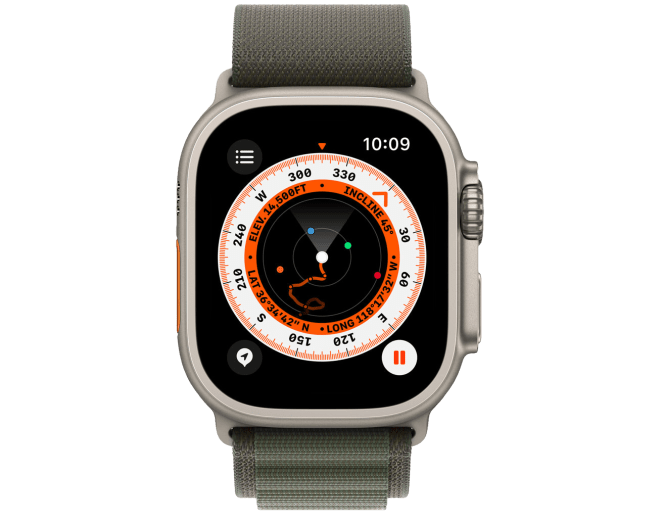




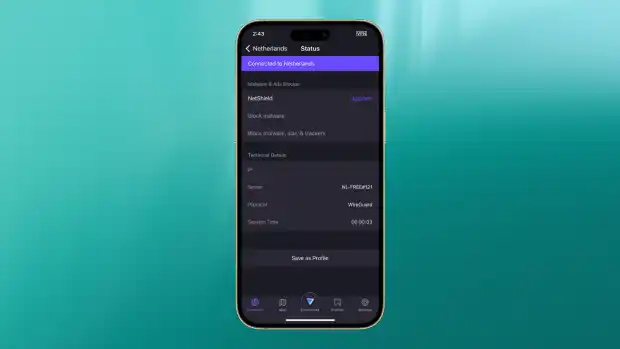
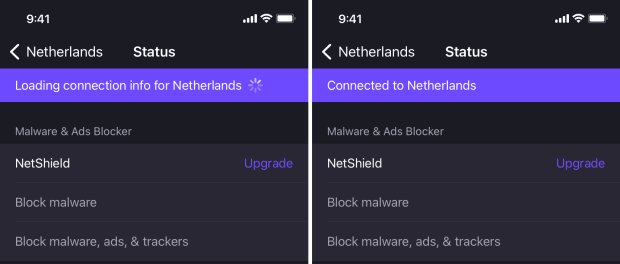
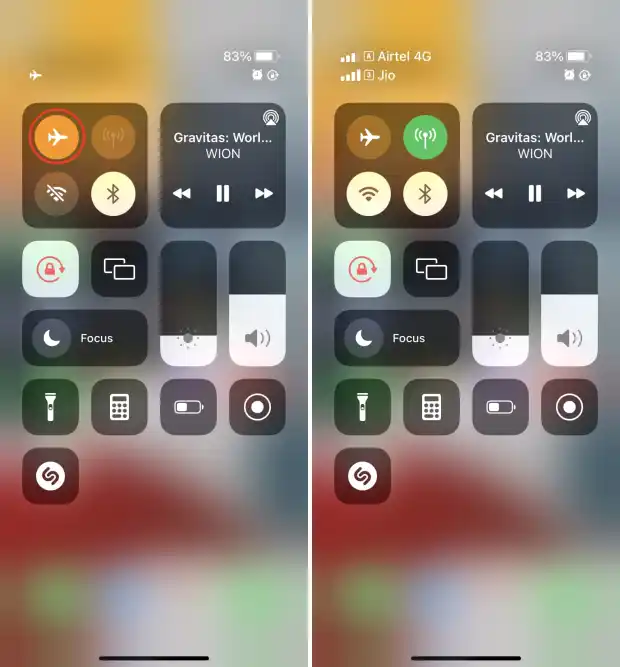
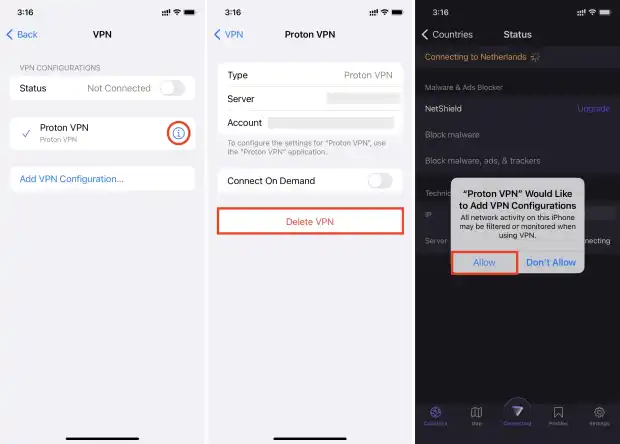
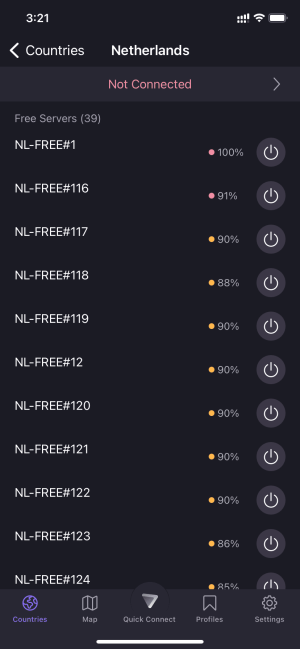

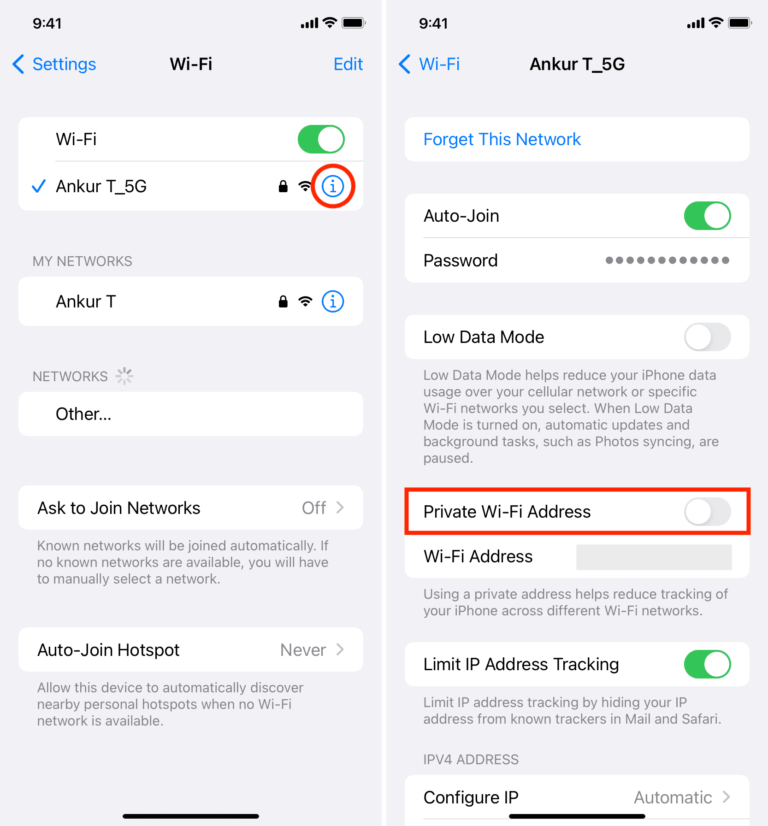
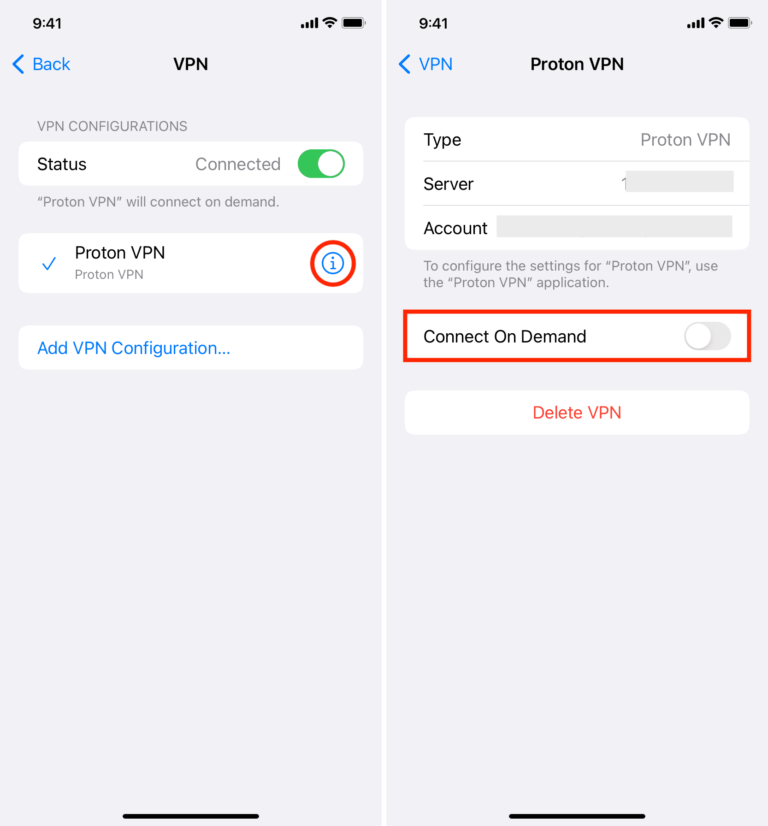
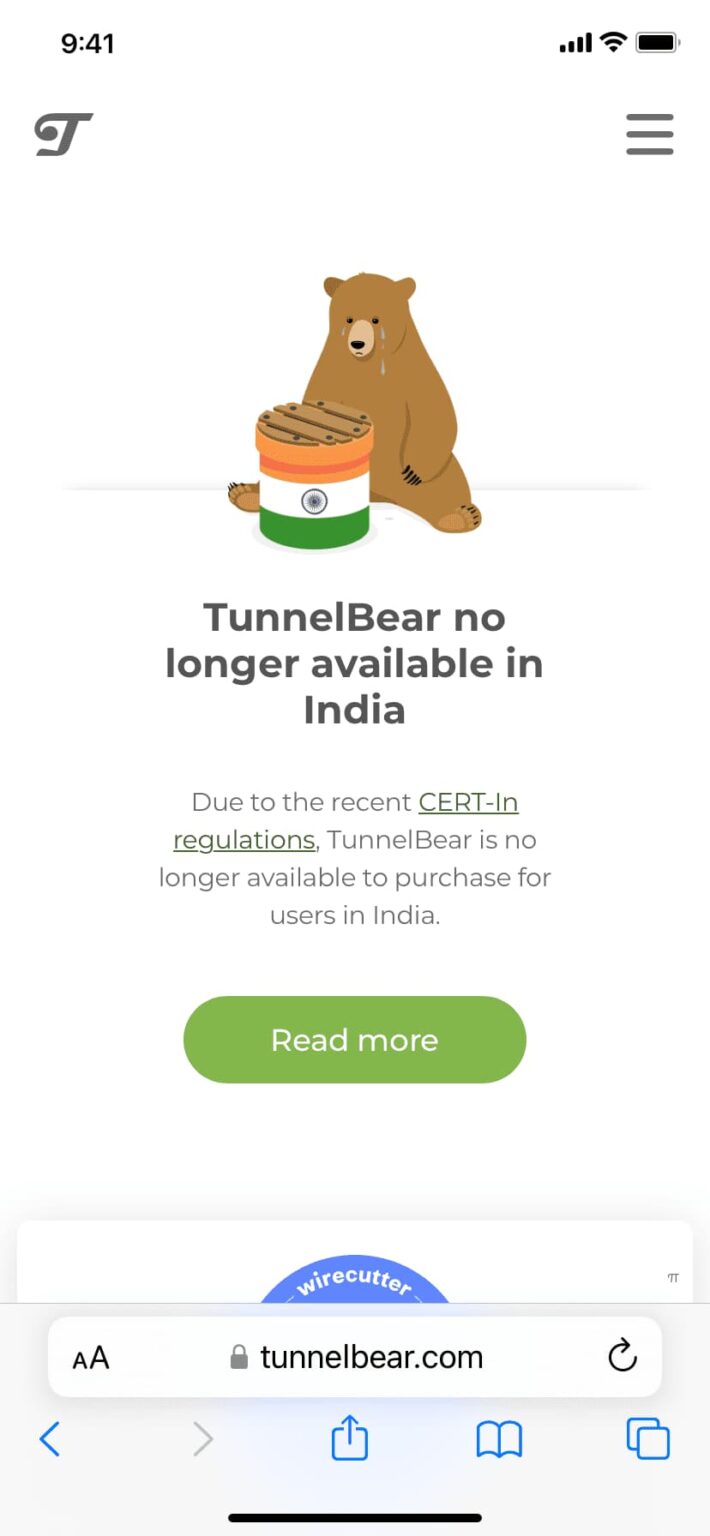


![Original AirPods Pro Back On Sale for $169.99 [Deal] Original AirPods Pro Back On Sale for $169.99 [Deal]](./423266-640.png)